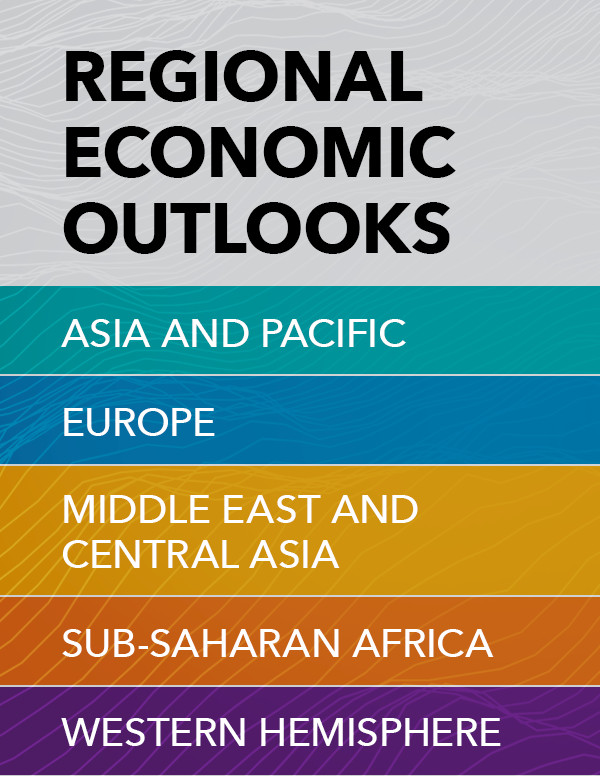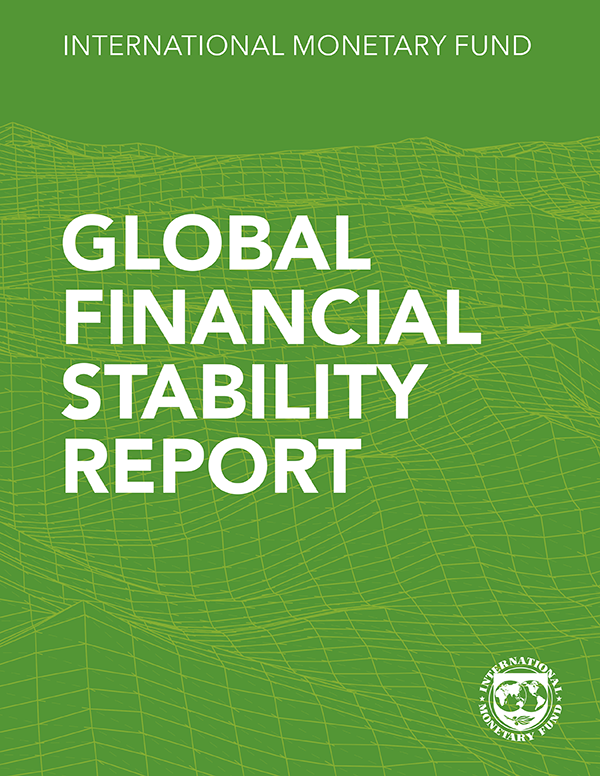Resilience amid Uncertainty: Will It Last?
Economic performance in the Middle East and Central Asia has shown resilience so far in 2025, despite still-elevated global uncertainty and continued regional geopolitical tensions. Growth in Middle East and North Africa is projected to strengthen gradually, supported by oil output, strong demand, and reforms, while growth in the Caucasus and Central Asia is expected to slow to a more sustainable pace.
But risks loom: weaker global demand, tighter financial conditions, renewed geopolitical instability, and climate shocks could all weigh on the outlook. This makes fiscal prudence, structural reforms, and stronger policy frameworks essential to sustaining durable growth.
This report also explores post-conflict economic recovery, showing that lasting peace requires swift macroeconomic stability, adequate financing, and stronger institutions to rebuild state capacity.
Chapter 1: Regional Developments and Economic Outlook: Resilience amid Uncertainty: Will It Last?
Economic growth in the Middle East and North Africa (MENA), Pakistan, and the Caucasus and Central Asia (CCA) has remained strong in 2025 despite global uncertainty, trade disruptions, and regional geopolitical tensions. MENA oil exporters benefited from higher production, while oil importers and Pakistan gained from lower energy prices, strong remittances, healthy tourism inflows, and improving agricultural conditions. CCA growth exceeded expectations, supported by solid domestic demand, credit expansion, and hydrocarbon exports. Looking ahead, GDP growth in MENA and Pakistan is projected to strengthen gradually, while CCA growth is expected to slow to a more sustainable pace. Nevertheless, risks—including weaker global demand, tighter financial conditions, renewed geopolitical tensions, and climate shocks—could weigh on growth, emphasizing the need for fiscal prudence, and structural reforms.
Chapter 2: Boosting Economic Recovery after Conflict: Patterns and Policies
Economic recovery from conflict requires more than peace—it demands comprehensive policies that restore macroeconomic stability, rebuild institutions, and secure resources for reconstruction. Evidence from statistical analyses and case studies of post-conflict recoveries in the Middle East and North Africa and Caucasus and Central Asia regions shows three priorities: swift macroeconomic stabilization, access to financing, and stronger institutions and governance. Countries that stabilized inflation and growth quickly, secured external resources, and improved institutional quality achieved more durable recoveries. Case studies highlight additional lessons: donor engagement works best when well-coordinated, timely structural reforms matter, political commitment to rebuilding state capacity is critical, and technical assistance from international partners helps strengthen policymaking and resilience.
Publications

-
July 2025
- Global Imbalances in a Shifting World

-
Regional Economic Outlooks
- Latest Issues

-
September 2025
Finance & Development
- Stablecoins and the Future of Finance













